Dried plum sour, often known as sour plums or dried sour plums, is a popular snack in various cultures, particularly in Asian cuisine. Here’s an overview of its characteristics, uses, and benefits:
Characteristics
- Flavor: Dried sour plums have a distinctive tart and tangy flavor combined with sweetness, providing a unique taste experience.
- Appearance: They typically appear dark purple or black and can be chewy with a slightly wrinkled texture. Some may be coated in sugar or salt.
Nutritional Benefits
- Vitamins and Minerals: They may provide some vitamins such as vitamin C and potassium.
- Dietary Fiber: Dried plums are a good source of dietary fiber, which aids digestion and can help regulate blood sugar levels.
- Antioxidants: Sour plums are rich in antioxidants, which can help protect the body from oxidative stress.
Culinary Uses
- Snacking: Commonly enjoyed as a healthy snack on their own or mixed with nuts.
- Condiments: Used in Asian dishes as a flavorful addition to sauces, salads, or stir-fries.
- Desserts: Can be incorporated into desserts or used as a topping for yogurt or ice cream.
Health Considerations
- Sodium and Sugar: Check labels for added sugars or sodium, especially if the sour plums are sweetened or salted.
- Moderation: As with other dried fruits, they should be consumed in moderation due to calorie density.
Storage
- Shelf Life: Dried sour plums should be kept in an airtight container, stored in a cool, dry place to maintain flavor and texture.


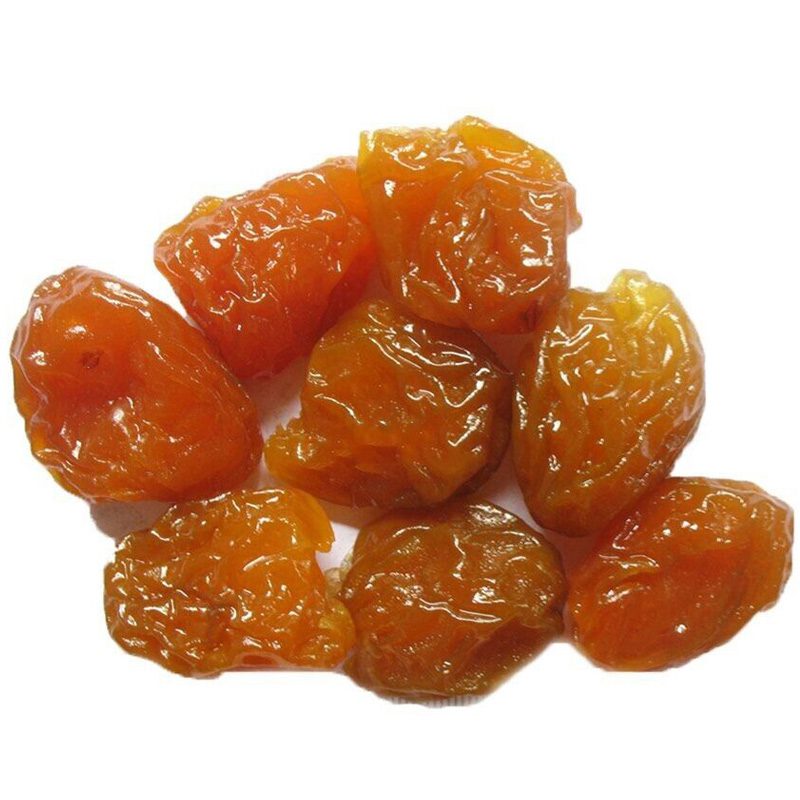
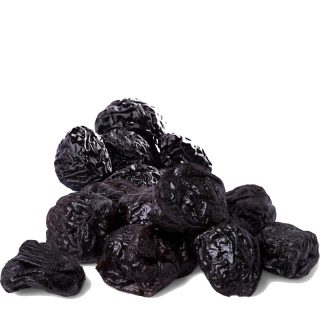

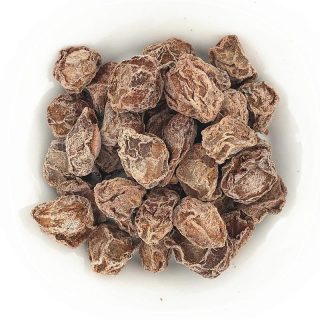
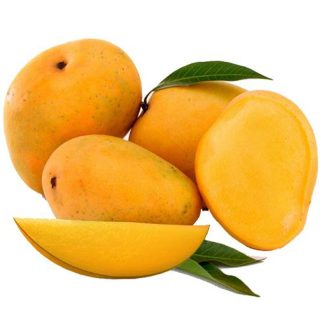
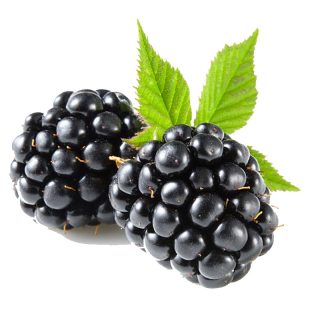
Reviews
There are no reviews yet.